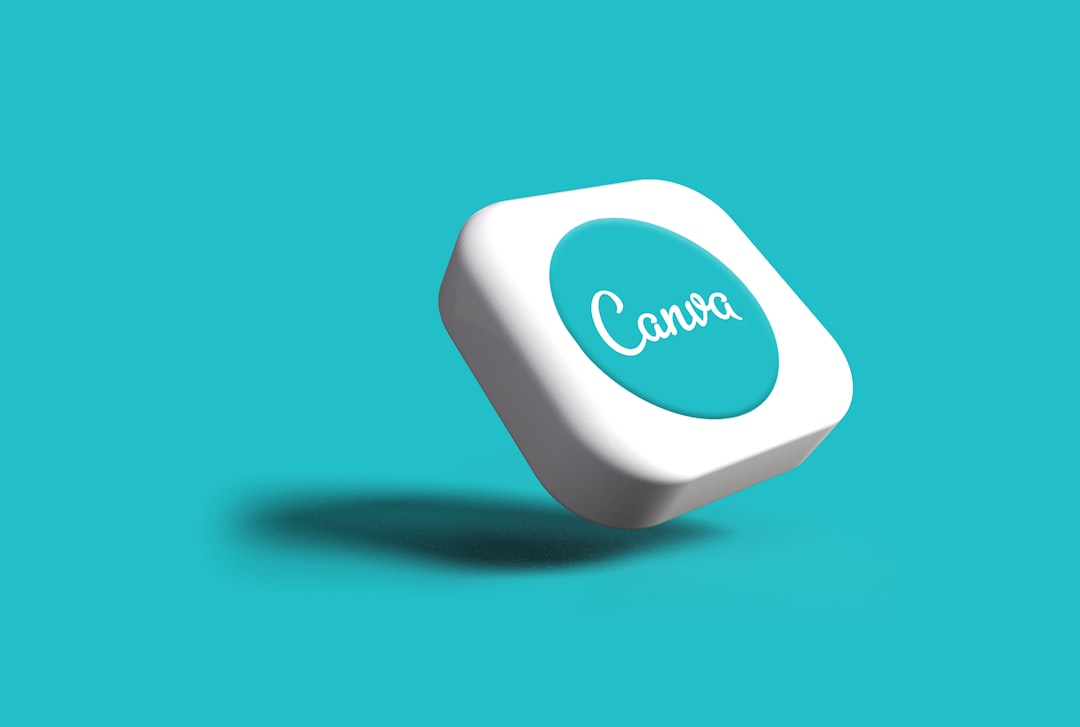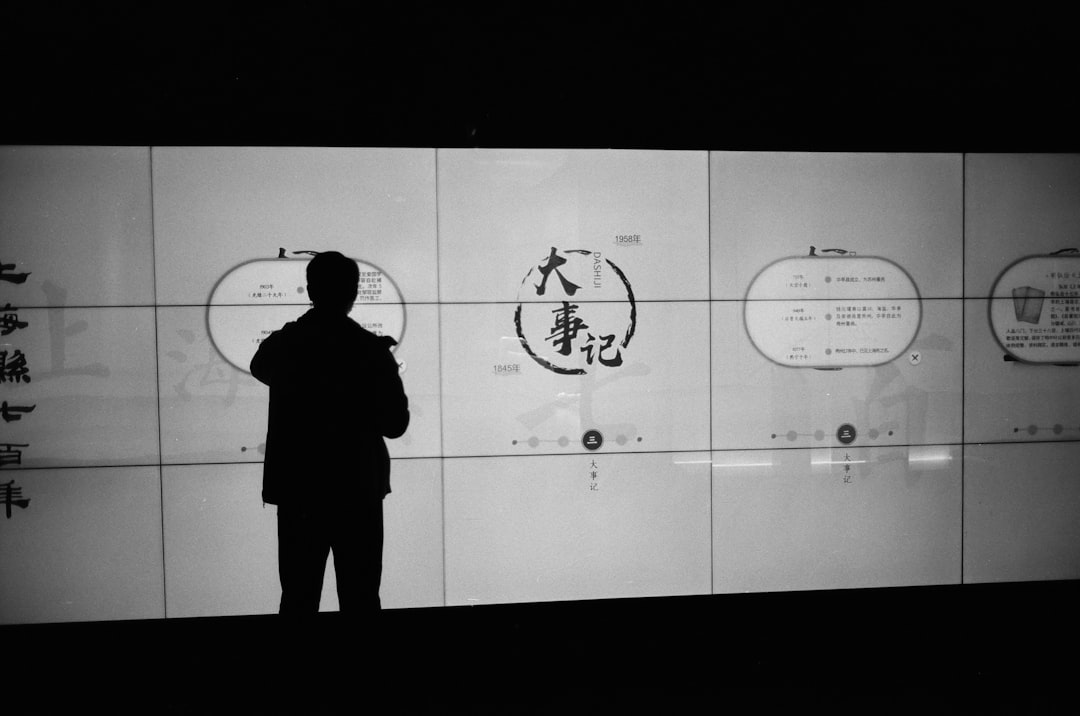Traditional slide decks like PowerPoint have become synonymous with presentations across industries. However, as communication needs evolve and the demand for more engaging storytelling grows, professionals and educators alike are exploring new tools that transcend the limitations of standard slide-by-slide formats. By embracing modern storytelling platforms, presenters can craft more immersive, interactive, and memorable narratives. Below, we explore several innovative alternatives to PowerPoint that offer diverse approaches to digital storytelling.
1. Prezi
Table of Contents
Prezi offers a nonlinear approach to presentations, enabling users to zoom in and out of ideas rather than progress through numbered slides. This dynamic format better mimics the way people think, particularly when discussing complex topics or illustrating relationships between concepts. The zooming user interface (ZUI) helps to keep the audience engaged and offers greater creative flexibility.
Best suited for: Creative industries, marketing, education, and any storytelling that benefits from visual hierarchy or spatial mapping.
2. Canva
While Canva is primarily recognized for its graphic design capabilities, it also provides robust presentation features. Canva’s template library, intuitive drag-and-drop interface, and collaboration tools make it easy to craft visually polished presentations with minimal technical knowledge. Users can embed videos, transitions, and other multimedia content seamlessly.
Best suited for: Professionals and teams seeking quick, branded visuals without hiring a designer.

3. Visme
Visme bridges the gap between presentation software and data visualization tools. Alongside traditional slide layouts, it supports infographics, charts, and motion graphics, allowing data to be conveyed with greater impact. Visme also enables interactivity, so viewers can engage directly with the content, either during live presentations or via shared links.
Best suited for: Data-driven presentations, business reports, and content marketing campaigns where visual clarity is essential.
4. Adobe Express Video (formerly Adobe Spark)
Adobe Express Video focuses on storytelling through short, impactful video presentations. Users narrate stories over a series of slides accompanied by high-quality visuals, animated text, and background music. While it’s not a direct PowerPoint replacement, it’s a compelling choice for telling stories that benefit from strong emotional engagement.
Best suited for: Nonprofits, educators, and marketers creating impactful short-form narratives or promotional content.
5. Beautiful.ai
Beautiful.ai automates presentation design using artificial intelligence, ensuring consistency and professional aesthetics. The platform offers “smart” templates that adjust automatically as users edit content, reducing time spent formatting slides. It’s a valuable tool for busy professionals who need clean, slide-based storytelling without the granular design work.
Best suited for: Sales teams, corporate professionals, and startup pitches where time efficiency and visual clarity are priorities.

6. Genially
Genially is a highly interactive tool that supports games, infographics, and multimedia-rich presentations. It empowers users to create experiences rather than static displays, encouraging audience participation. With its ability to embed layers, triggers, and external content, Genially is best used when interactivity is a critical component of the presentation strategy.
Best suited for: Educators, trainers, and digital content creators aiming to keep audiences actively engaged.
7. Haiku Deck
Haiku Deck emphasizes simplicity and storytelling. The platform encourages the use of strong visuals and minimal text, helping presenters stay concise and visually appealing. This limited approach can actually enhance focus and clarity, especially during live talks with minimal on-screen distractions.
Best suited for: Keynote speakers, educators, and anyone delivering narrative-driven talks seeking a minimalist visual companion.
Why Choosing the Right Tool Matters
Every presentation tool brings its unique strengths and is suited to specific contexts. Unlike PowerPoint’s traditional linear style, these alternatives help presenters tailor their storytelling methods to audience needs, content complexity, and narrative tone.
- Emotional connection: Tools like Adobe Express Video and Haiku Deck help convey personal or emotional stories more effectively.
- Interactivity: Genially and Visme allow for a hands-on experience that can improve retention and engagement.
- Data communication: Visme’s visual reporting capabilities make it ideal for analytics-driven presentations.
- Brand consistency: Canva and Beautiful.ai cater to teams who value visual identity without needing deep design skills.
Conclusion
While PowerPoint remains a staple in many environments, it is no longer the only—or the most effective—choice for digital storytelling. Whether your goal is to foster emotional insight, spark interactive dialogue, or visualize complex data, there is likely a tool better suited to your needs. By exploring these innovative alternatives, presenters can elevate their message and leave a lasting impression on their audience.


